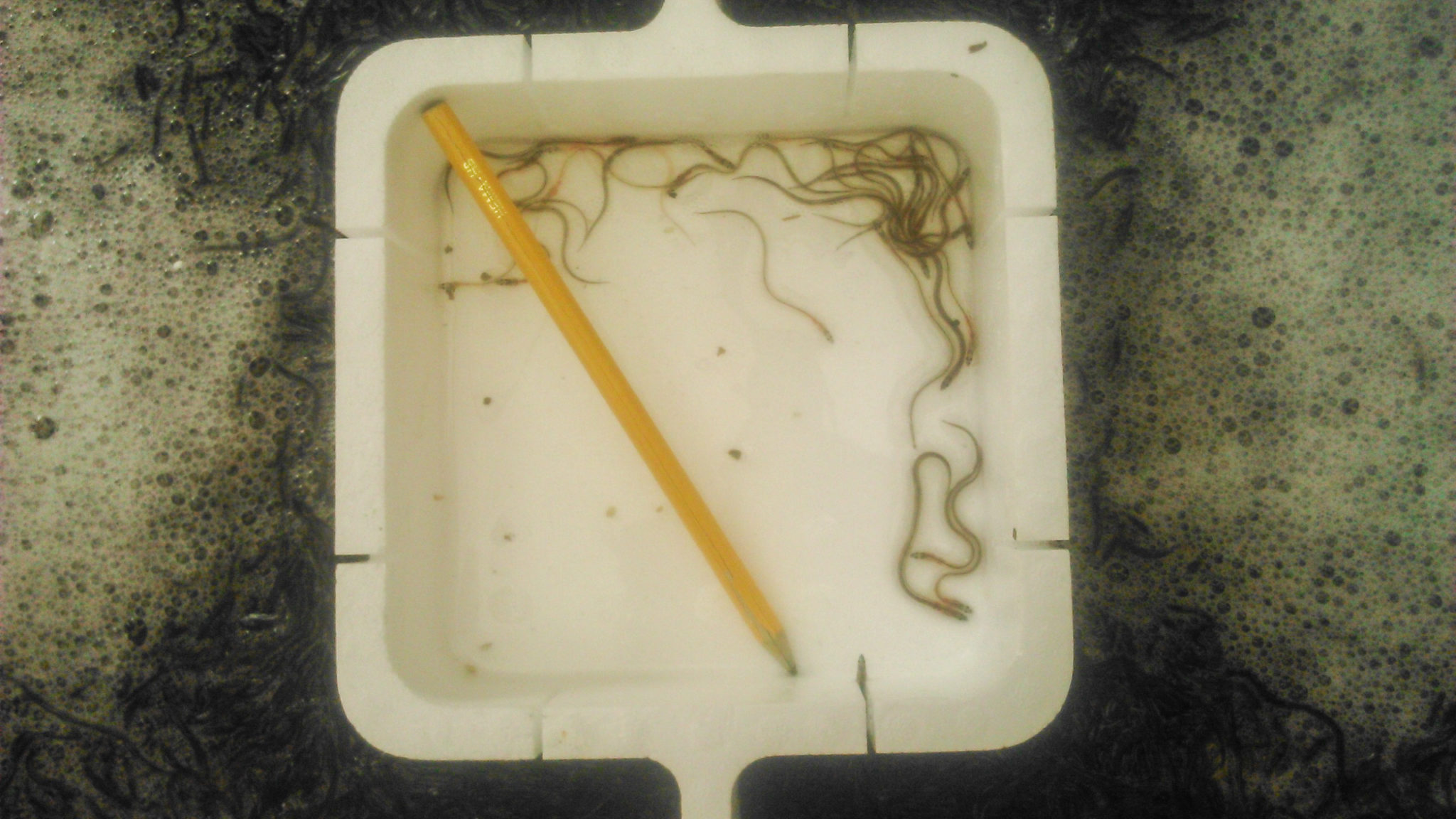
New report: Eel Restocking for Conservation Hits Difficulties
It is 10 years since the EU Regulation to protect and restore the European eel stock was adopted. One way to contribute to this, is the transport of young eels from places of relative over-abundance to under-populated habitats elsewhere – a practice known as “restocking”. The EU Regulation uses restocking as a conservation measure and provided funding to support the programme. The Sustainable Eel Group (SEG) and Wetlands International have jointly investigated the programme and have tracked what has happened and then identified some key areas of breakdown.
Restocking has been practiced for over 150 years, says Dr. Willem Dekker, who studied the history of restocking all over Europe. As early as 1840, glass eels was caught in French river mouths and transferred up-river, to streams and marshlands that were no longer accessible via the natural routes: the open natural river. In more recent time, restocking is used to complement waning stocks, and the trade has extended to many countries of Europe where the natural recruitment has faltered.
Key messages from the report
- The European Eel Regulation sets a level of 60 % of the annual catch of young eels to be reserved for restocking. In 2016 and 2017 respectively, only 21 % of the declared European catch were used for restocking measures;
- The demand for young eel in national Eel Management Plans has never been fulfilled. On average, only 51 % of the aggregated national targets were achieved between 2015 – 2017;
- Lack of supply and lack of funding has been cited as the principal cause of failure to meet the restocking targets;
- French quota and reported European catches exceed the demand in Europe, but the major share of the supply is illegally exported to Asia. In the absence of a Europe-wide traceability system, this illegal export is growing;
- Many survey-respondents stated that the tendering process is the main constraint to achieving their plans for restocking: European trade regulations take little account of the variations resulting from nature (especially availability and quality);
- The European Maritime Fisheries Fund (EMFF) presents both challenges and opportunities for restocking practices;
- Both eel quality (health and condition) and habitat suitability (water quality, connectivity) are important considerations when releasing eels for restocking.
- Fundamental reform of the process for restocking is urgently needed to be put in place for the coming 2018/2019 season.
For more information see also SEG’s website.
Header image © Eef Silver | Wetlands International
